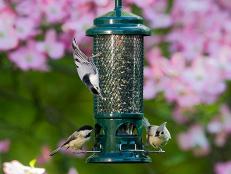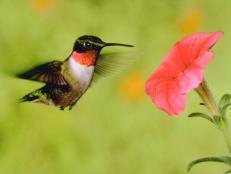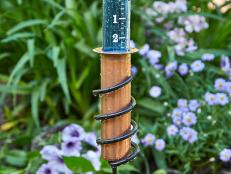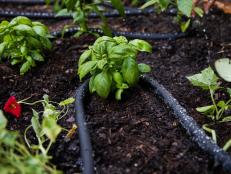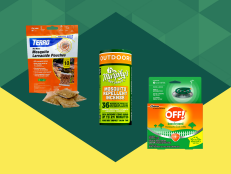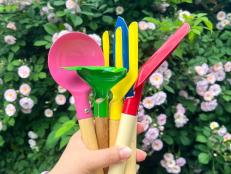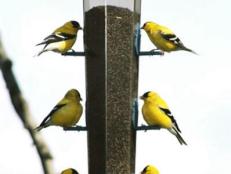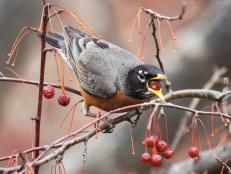The Winter Benefits of Enriched Bird Food

Through wind and rain I walked back from the chicken coop and tossed a handful of leftover scratch onto the deck. Later, a gang of raucous sparrows gobbled it all up, proving that not all birds flew south for the winter.
It is remarkable that such meager plumage could insulate the tiny bodies of these plucky little birds. The fact that they live out the winter cold seems impossible. It's no wonder they flocked to the scratch. Bugs were gone or dormant in January. The plants were either barren, frozen or flat. Any remaining seed was buried in mud and snow.

During the growing season, birds thrive on protein-rich larvae of a variety of different insects--from moths to beetles. Imagine if you could feed caterpillars to over-wintering birds! Of course, buying live caterpillars and keeping them outdoors in winter is a logistical nightmare.
Bird Grub solves that problem. This product is quite simply roasted, dried caterpillars that retain all the protein of the live grub. Packaged in an easy-to-use container, you can feed it directly or mix into your standard seed for a nutritional boost. The worms won't crawl away, and they're dry enough to be digestible in freezing temperatures.
Another convenient way to expand your birds' winter diet is with Dried Fruit Tenders. This is real fruit, chopped finely and dried. The pieces are sized to mix easily into your seed blends. The fruit offers vitamins and sweet natural energy fuel of ripe fruit in a more convenient form.
Hi-Vitality cakes, crumbles and dough are a step up from traditional animal fat-based suet. This special formula made with vegetable shortening keeps the food fresher longer. The cakes fit easily into feeders, dough allows you to pack food into niches, and crumbles augment or replace traditional low-value seed.
Ever since that radio interview, I gained a new respect for those tiny little birds in the snow, sleet and ice. How they survive is still a mystery. But at least in my yard they'll find far better chow than the usual starvation rations.
I threw out more birdseed each day. The gang of 10 grew to 20 and then 30. I had no cats, so the little birds were free to roam ever closer to my window. It became a three-ring circus out there all the time. But when spring blossomed, they stopped coming to my scratch, preferring bugs and worms and fresh seed.

During the growing season, birds are the salvation of our gardens. They are nature's most perfect pest-control mechanism. If they become local residents in the garden, they consume the caterpillars that devil my spring orchard and nightshades. Chickadees surgically peck the aphids off my sunflowers and roses. Quail thrive on slugs and earwigs. Birds keep the natural balance of plant-to-pest in check.
While interviewing an ornithologist on the radio, I was shocked to discover my birdseed wasn't as helpful as I thought. The expert told me that scant nutrition in standard wild birdseed mixes barely matches the energy required to crack the seed hull and digest it. The expert emphasized the importance of using special high-nutrition feed in the winter to give the birds what they desperately need.
So I began to sweeten the offering. On cold midwinter days, I'd set out edible seed from the health-food store. I bought raw shelled sunflower seeds. I crushed peanuts and set them out. I watched the birds consume these with relish. They refused the lower-value seeds until the richer stuff was gone.
Then I discovered Audubon Workshop (www.audubonworkshop.com), and found I could order higher-quality bird food at a better price and more conveniently than at the health-food store. The catalog offers a full range of unique feeds that will give these cold-weather avian species the nutrition and dietary diversity they need.






